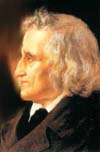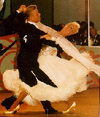 |
||
 |
||
Gallery
|
 Jacob Grimm fairy tales, 1812 |
|
|
|
|
 The waltz 1815 |
 Vanderlyn's Ariadne Asleep on Naxos Island 1819 |

Copyright © Irving Fang and Kristina Ross, 1995-1996. All rights reserved.